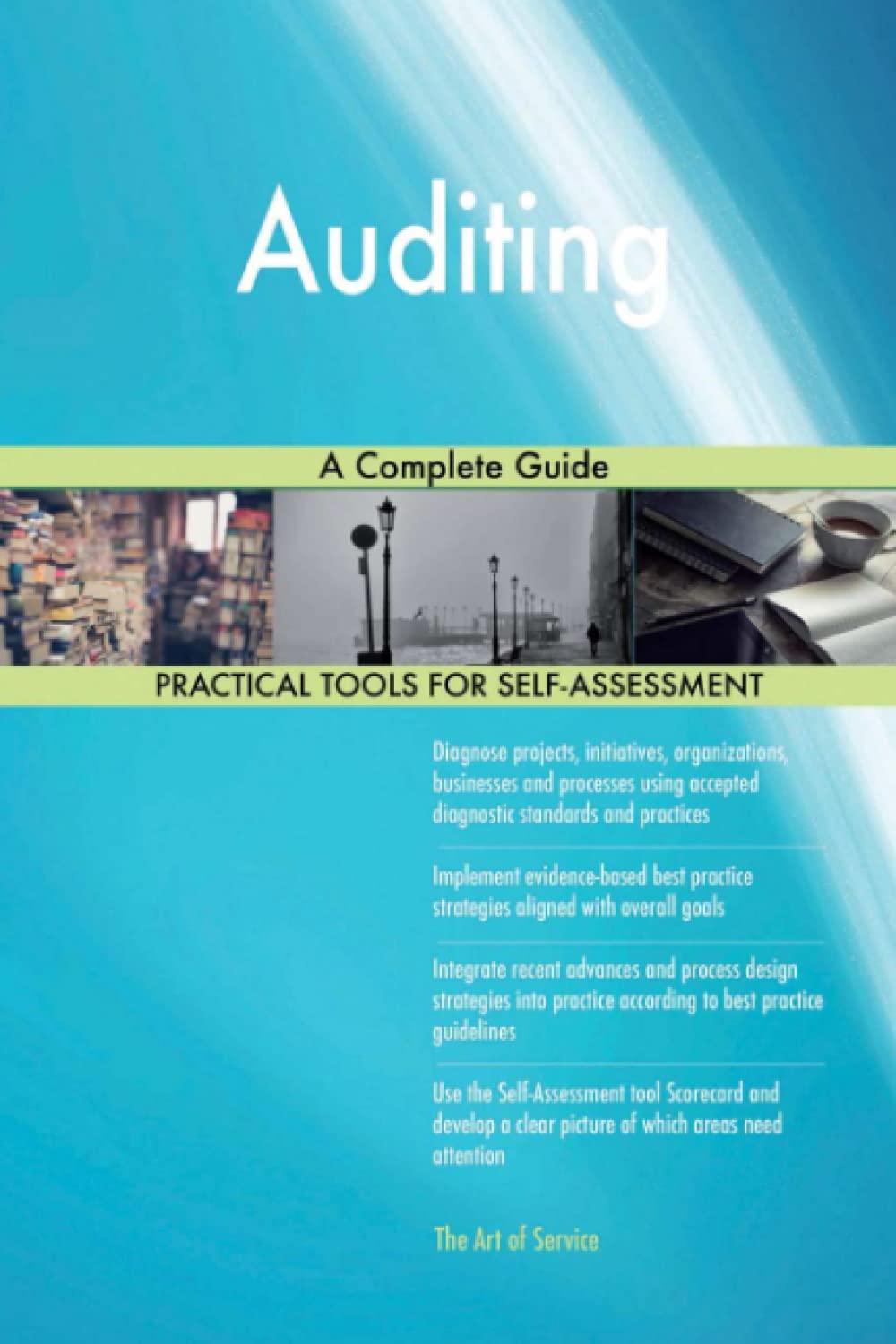Required information The Chapter 10 Form worksheet is to be used to create your own worksheet version of the main example in the text. Requirement 2: Revise the data in your worksheet to reflect the results for the subsequent period as shown below: 1 Chapter 10: Applying Excel 3 Data Exhibit 10-1: Standard Cost Card Inputs Drect materials 6 Standard Quantity 3.0 pounds 0.50 hours 050 hours Direct labor Variable manufacturing overhead Standard Price 4.00 per pound 22.00 per hour 600 per hour 8 10 A Actual output Actual anable manufacturing overhead cost 2,070 units 7,056 Actual Quantity 6,350 pounds 1.120 hours Actual direct materials cost Actual director cost Actual price 450 por pound 21.70 per hour a-1. What is the materials quantity variance? (Indicate the effect of each variance by selecting "F" for favorable, "U" for unfavorable, and "None" for no effect (.e., zero variance)). The amount of the materials quantity variance 0-2. What is the materials price variance? (Indicate the effect of each variance by selecting "F" for favorable, "U" for unfavorable, and "None" for no effect (.e., zero variance)). The amount of the materials price variance b-1. What is the labor efficiency variance? (Indicate the effect of each variance by selecting "F" for favorable, "U" for unfavorable, and "None" for no effect (.e., zero variance)). The amount of the labor efficiency variance b-2. What is the labor rate variance? (Indicate the effect of each variance by selecting "F" for favorable, "U" for unfavorable, and "None" for no effect (.e., ero variance). Round your final answer to nearest whole dollar amount.) The amount of the labor rate variance c-1. What is the variable overhead efficiency variance? (Indicate the effect of each variance by selecting "F" for favorable, "U" for unfavorable, and "None" for no effect (ie, zero variance)). The amount of the variable overhead efficiency variance c-2. What is the variable overhead rate variance? (Indicate the effect of each variance by selecting "F" for favorable, "U" for unfavorable, and "None" for no effect (i.e., zero variance)). The amount of the variable overhead rate variance










